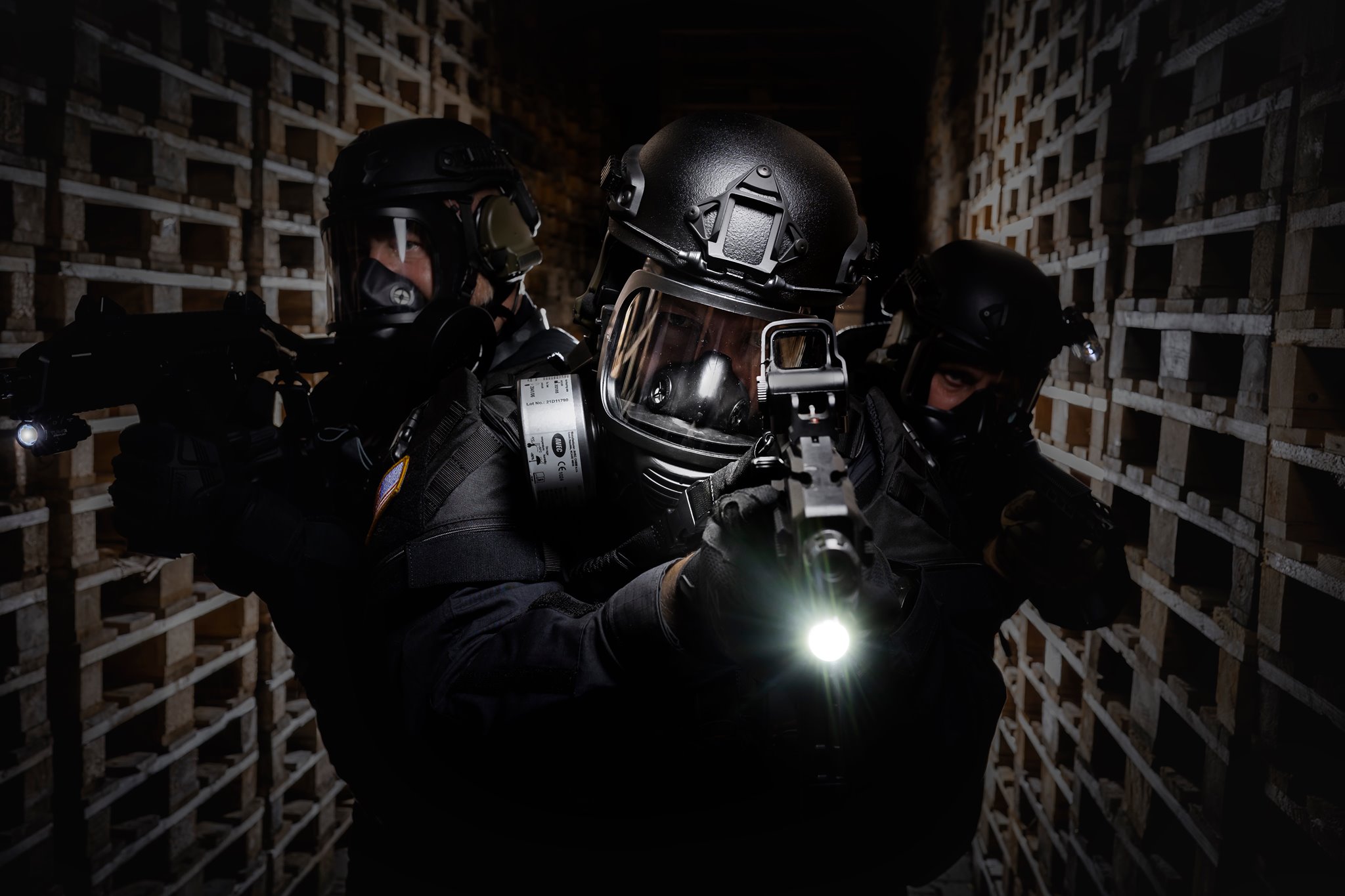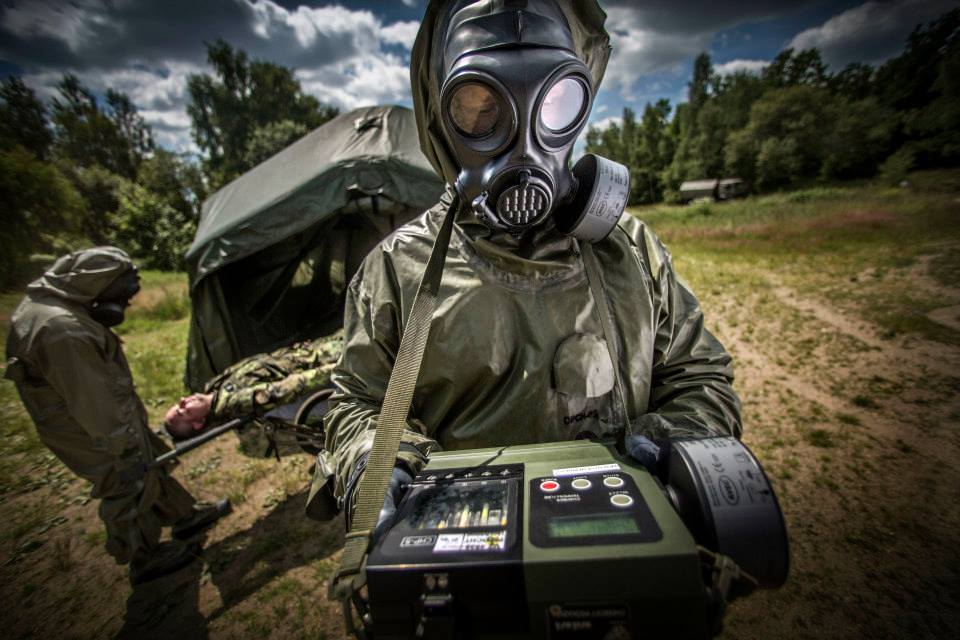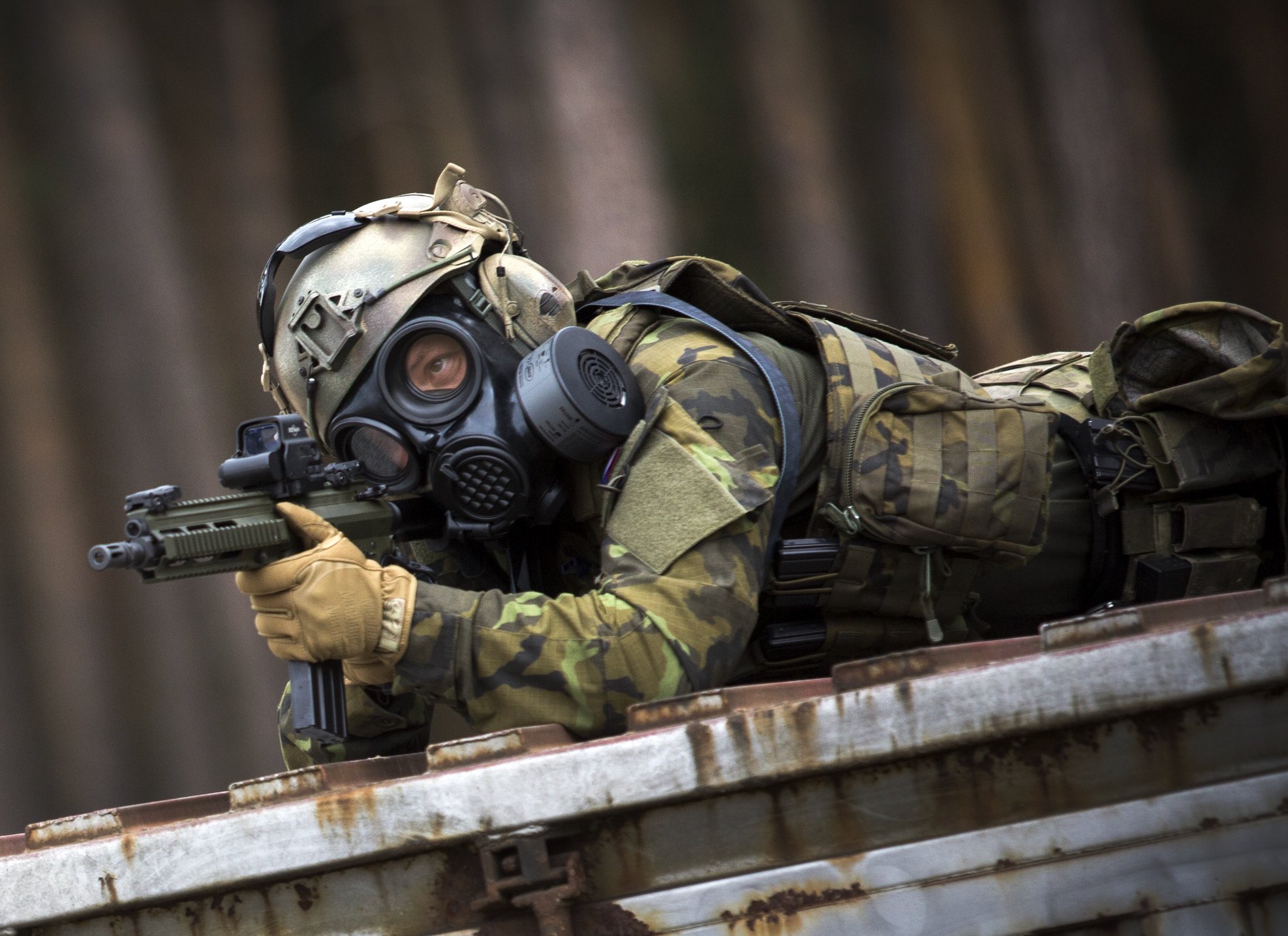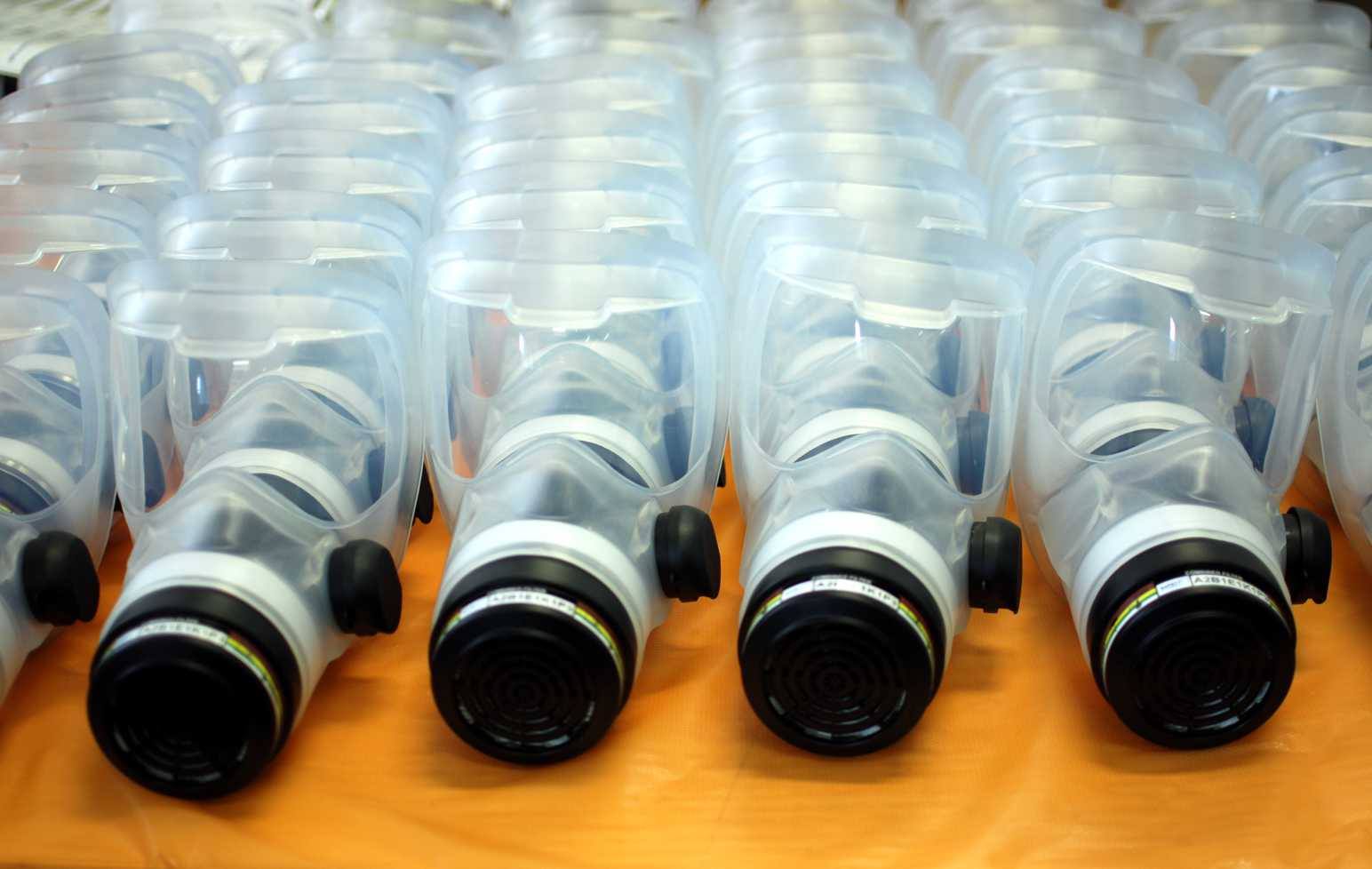
FILTRATION
The need to breathe clean air is essential – filtration against the presence of radioactive waste or biological & chemical agents in the air makes your purification system an essential element for survival in your shelter. To ensure your safety, each system is electrically powered and contains two backup subsystems (a battery – to provide backup when the main source suddenly fails & an emergency hand pump for sustained power outages).
AIR PURIFICATION
The purification system is sized according to the number of expected occupants and the volume of your bunker – the polluted air is extracted by a fan, which then passes it through a valve, then through a filter (or several if your shelter is designed for a large number of occupants) which purifies it and distributes it throughout the entire bunker. In its family version – from 04 to 10 people – the system is equipped with an H14A filter, a class F9 pre-filter and a carbon filter capable of treating all known toxic agents as well as radioactive dust .
SAFETY VALVES
The systems are equipped with anti-blast valves to protect the shelter from the effects of sudden changes in outside air pressure. A nuclear weapon creates a shock wave that can cause sudden changes in atmospheric pressure (about 3 kg per square centimeter) that propagate several tens of kilometers from the explosion site. The passage of the shock wave is followed by a sudden build-up of pressure. If such waves enter the shelter, they will cause significant damage to occupants and equipment. Anti-explosion valves are located in air ducts and exhaust pipes. Under normal conditions, jet valves remain open and spring valves close automatically under high pressure.
ADDITION OF OXYGEN INTO THE AIR
If you have to stay in your bunker for a prolonged period – or if your shelter has a large volume and a large number of occupants – a dedicated control unit – equipped with probes (automatic control and diffusion of gas into the atmosphere of the bunker) and of oxygen bottles will help maintain a standard level of oxygen in the air (21%). The volume of oxygen stored in this unit is calculated based on the number of occupants, the volume of the shelter and a maximum projection of the time spent in the shelter.
Sized according to the surface area of your shelter and the number of occupants
- Adsorption volume: depending on the installed filter
- From 48 m3/h (for a small shelter, dedicated to the family)
- (the volume of air treated varies depending on the mode of use – ventilation / filtration)
- Up to several thousand m3/h (for civil defense shelters or continuation of government activities)
- (the volume of air treated varies depending on the mode of use – ventilation / filtration)
- Power supply via mains, emergency network or manual handling
- Permanent control of suppression inside the shelter
- Addition of oxygen to the shelter atmosphere (optional)
Depending on your choices, the surface area of your shelter, the flow rate in m3/hour required and the level of threat
Filter class Purification efficiency % Penetration %

The Overpressure Blast Valve is used to stop explosive/implosive blast waves from entering a shelter or secure room, as well as to regulate the air pressure inside the space.
- Incident Pressure Durability: 300 kPa (to 900 kPa – depends on model)
- Reflected Pressure Durability: 1100kPa
- Airflow Rate: depends on model – depends on ventilation/filtration mode





